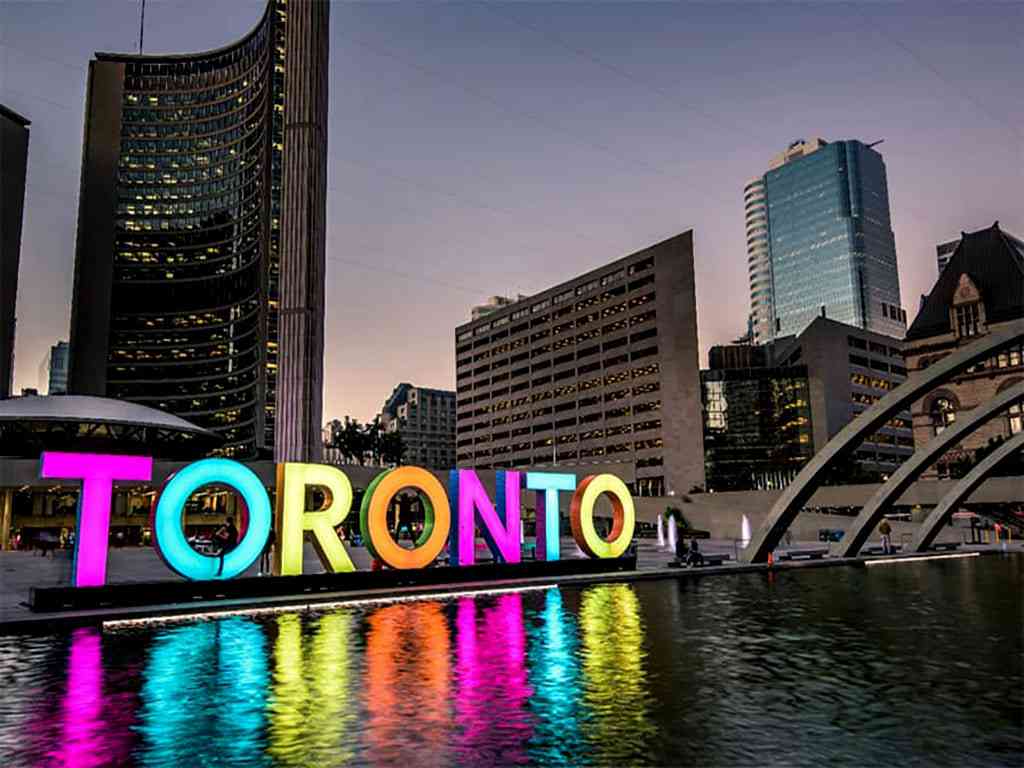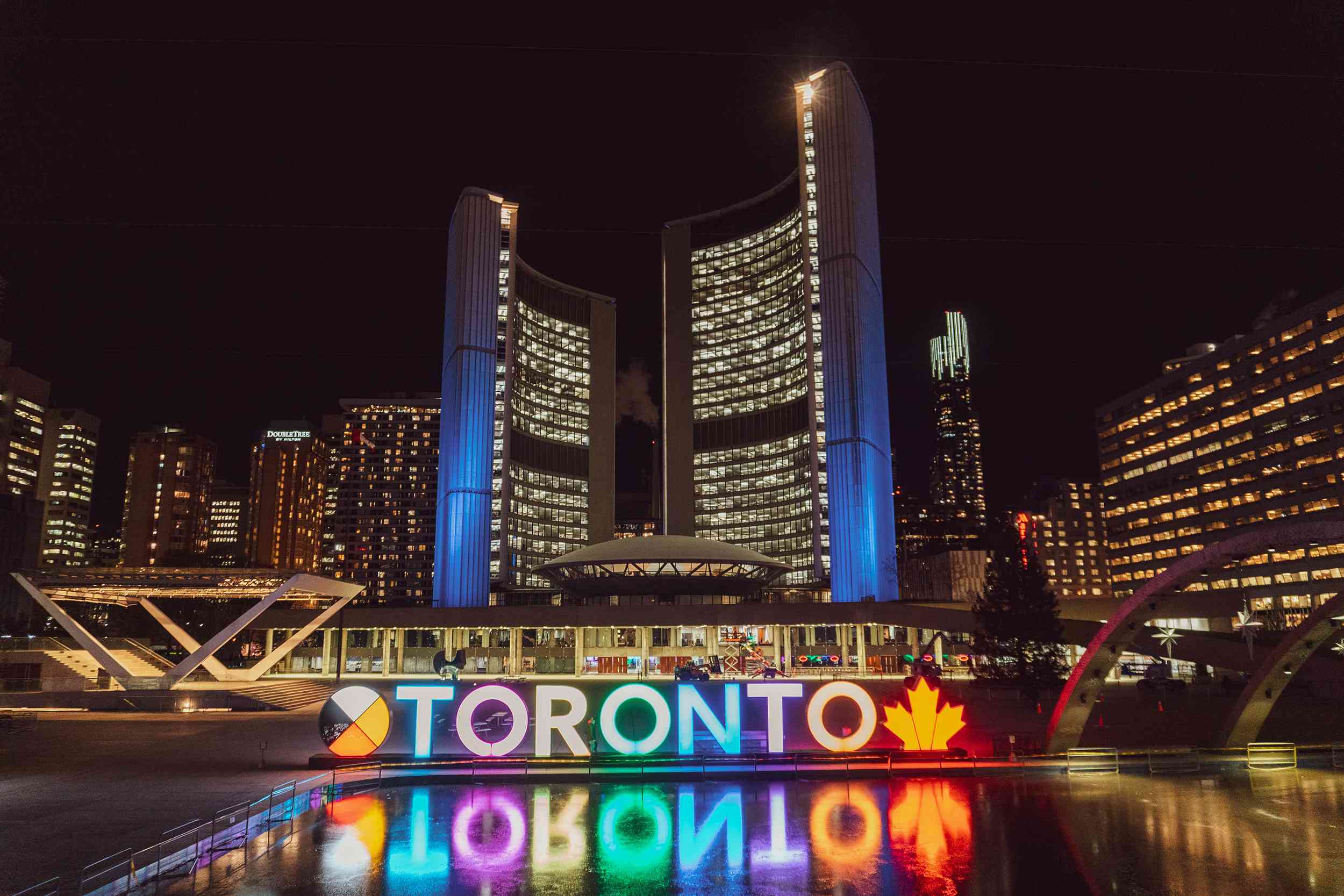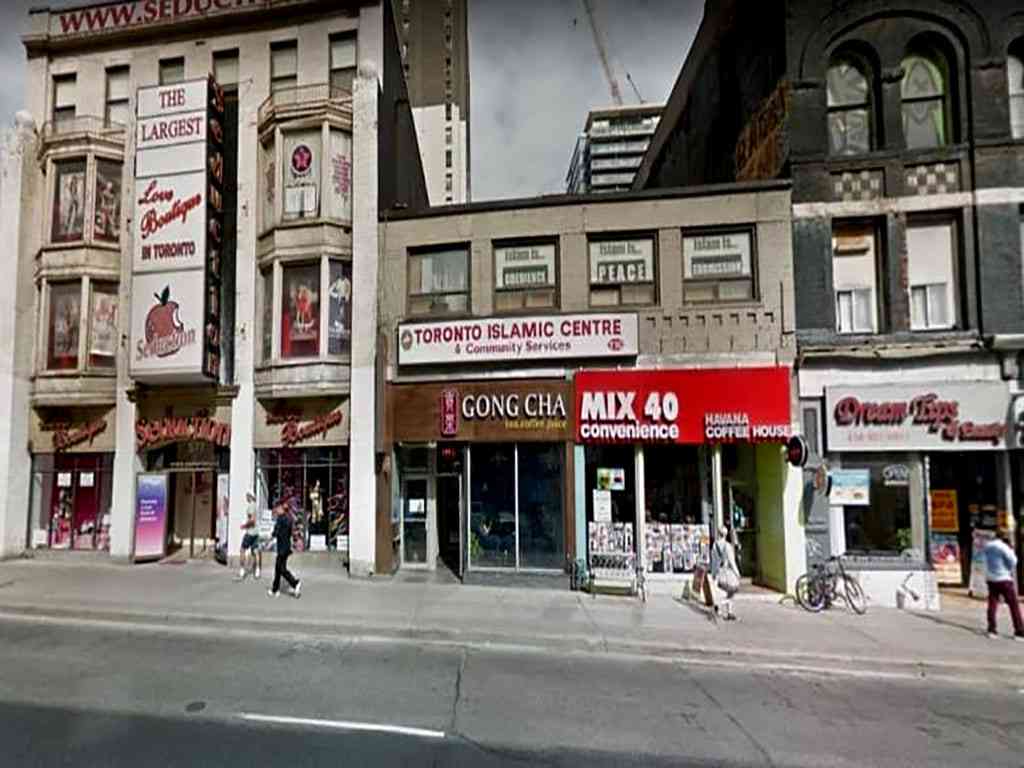Table of Contents
Can You Drink Tap Water in Toronto?
Yes, tap water is drinkable.
Tap Safe includes data from many publicly available sources, including the WHO (World Health Organization), CDC (Center for Disease Control), and user submitted databases, but unfortunately there's not enough data about Toronto.
To see user submitted ratings of the water quality for Canada, see the "User Submitted Ratings" box on this page.
Toronto Tap Water
Toronto tap water is clean, clear, and safe. It has the highest standard of safety measures for water consumption as it is serviced under the City of Toronto Water Management Program. However, Toronto tap water is not without its problems. There are many reasons why people buy bottled water from other municipalities such as Oakville, Kitchener, Niagara Falls, Burlington, and Ottawa. It may be because they have better water sources than the ones found in Toronto. It may also be because they think that Toronto tap water is just naturally good, and if they purchase it from other municipalities, they will somehow spoil it.
Some of the most common complaints about Toronto tap are odors, taste, and clarity. Toronto is surrounded by bodies of water that run along the lakes, rivers, and even seas. So, you may not notice the difference when you are drinking the water from a reservoir or the lake. However, when you are drinking from your tap, such odors can be disgusting.
Another problem is that since the water is from a reservoir and not from the city, it does not go through treatment, and it may contain contaminants that were not filtered out when it went through the sewage treatment plant. The only way to be assured about Toronto tap water is by testing it yourself. You can purchase a home water analyzer, which is easy to use at home and gives you quick results. Once you find out what exactly is in your water, you can decide on buying bottled.
Toronto Drinking Water
The question is asked all the time about the purity of Toronto drinking water. Well, the answer to that question should not be of great importance. After all, why bother having clean drinking water when you do not have to? What is essential is the way that the water is managed and disposed of. That is the most critical question if you want to drink healthy water all the time.
Toronto municipal officials will tell you that there is no significant problem with the quality of Toronto drinking water at this time. That may be true as far as it goes. However, the quality of the water distribution services is much more problematic. In other words, if one area has terrible quality, then the results can easily spill over to other sites. The major contributor to insufficient quality drinking water is poor water management.
When you own a home, you are responsible for your drinking water. You are responsible for the level of chlorine in the supply and the amount of chlorination needed to treat the water. The best thing you can do is to have a good home water filtration system installed before you have children.

Toronto Water Treatment Plant
The R.C. Harris Water Treatment Plant, located in Toronto, Ontario, Canada, is an essential part of the city’s environmental legacy and an internationally acclaimed historical building named in honor of Toronto’s Public Works department’s former commissioner, Roland Caldwell Harris. For more than half a century, the water treatment facility has been providing quality municipal services to Toronto people. The plant offers an abundance of water resources that can be used for industrial, domestic, and even recreational purposes. It also plays a vital role in preserving Toronto’s scarce water supply. This article is intended to discuss the history of the Toronto water treatment plant related to this celebrated icon of Canadian heritage.
The origins of the Toronto water treatment plant can be traced back to the First World War. As a result of intense fighting, the war left the city with a contaminated water supply and had to be cleaned up with the help of the R.C. Harris Company. Located in Toronto’s east end, the plant is still functioning in the exact location during the First World War when it began treating water for Toronto’s citizens. Today, the water processing unit operates in a fully operational state and is one of the world’s largest.
The Toronto water treatment plant’s primary objective is to remove the harmful contaminants from Toronto’s water supply and make sure that it is free from any germs or dangerous elements. There are two treatment stages in the Toronto water treatment plant; the primary stage involves removing the contaminants using ultraviolet technology. The second stage addresses the removal of the microorganisms present in the water through boiling or cold treatment. The primary process usually takes up to three months, while the second stage may take just a few days. The whole process removes ninety-five percent of the total number of microorganisms in the water, which helps protect Toronto residents from various water-borne diseases.
Toronto Water Distribution System
With a large population and a wide variety of water uses, Toronto water is considered one of the most crucial city resources. Toronto water is delivered to each household via the city’s primary water supply system or the city’s water utility. The distribution system which delivers Toronto’s water has several different components. Several treatment facilities are located throughout the city, including the Toronto Water Park, which provides a place for the community to enjoy the water. At the same time, it is being filtered and treated for consumption. This system also delivers bottled water to apartment complexes and condominiums. A majority of Toronto’s water supply is supplied through the Toronto water ferry system that connects the lake to the downtown area.
When a large customer requires water for a wide geographic area, the water source cannot be provided by the distribution system alone. The Toronto water ferry system requires a water tower to give the customer access to the water. In addition to providing water to the downtown area, the water tower also provides support services in case of an emergency when there is no other water source available in the immediate area.
The water distribution system in Toronto is one of the largest and complex systems in North America. The system is designed to meet the increasing needs of the growing population in Toronto while ensuring that new customers can obtain water regularly. The water supply system ensures that Toronto residents receive a constant water supply that meets their individual needs. This prevents the unnecessary interruption of standard service, allowing people to utilize their water supply system more efficiently.
Toronto Drinking Water Quality
Toronto drinking water quality is a severe issue because if the water in Toronto is not clean enough to drink, you can imagine the consequences on our families and society. There have been many reports on how contaminated water can cause illness, how it can even kill you, and the list goes on. All of these things are not true. Toronto has the cleanest and purest drinking water in the entire world, and you don’t have to worry about anything.
Toronto is fortunate to have a water treatment facility in the city that meets all government safety standards. They have high-quality filters that take out all of the impurities and dangerous elements from the water. The water is filtered through three primary stages, which ensures you get the best quality water possible. In the first stage, the water is heated and filtered again. It then goes through the second and third stages, where the impurities are filtered away, before finally entering the storage tank, where it undergoes further purification.
By keeping your water clean and pure, you can enjoy life more freely. You can take a shower without fear of getting drenched in harmful chemicals or contaminants. You can wash all of your laundries in the same water. You can even cook in the water, as long as you do it safely and with the correct amounts of chemicals and ingredients. Toronto drinking water quality is one of the best in North America, and you need to make sure that you have it to enjoy all of the benefits and the safety that comes with it.
Toronto Water Sources
The Toronto water supply area is officially known as the Toronto Waterfront. When traveling through downtown Toronto, you will find the main entrance is at Yonge and Sheppard, but there are also many parks and other locations with access points near where the downtown express lanes meet the water source. Toronto has two main sewers, one going into the downtown area and going into the downtown suburbs. Although the Toronto sewers are highly susceptible to problems, they have been cleaned and repaired recently. However, suppose you have an underground basement in your apartment complex or condo. In that case, you may want to call a professional plumbing company to have them remove any standing water in your basement.
Toronto, Canada, have one water source. Toronto’s four treatment plants are getting their raw water from Lake Ontario. Water pumped out from the distribution system went through a treatment process to provide potable water on each residence. They are continuously testing, monitoring, and analyzing the tap water in Toronto. To ensure it adheres to the strict standards of Toronto Public Health, the Province of Ontario and the Government of Canada.
The four water treatment plants are:
- RC Harris – It was built in the 1930s and started in 1941, and it is the biggest water treatment plant in Toronto. They produce more than 120,000 million liters of water annually. That’s about 30% of Toronto’s drinking water.
- RL Clark – The plant was initially called the Westerly Plant. It Started functioning on November 22, 1968. They can produce more than 130,000 million liters of water annually which is about 30% of Toronto’s drinking water.
- FJ Horgan – Started in 1979, it is Toronto’s most current water treatment plant, supplying water to customers in the east end and Region of York. They can produce more than 90,000 million liters of water each year, that’s equivalent to 20% of Toronto’s drinking water.
- Island – Can be found on the site of the City’s first water treatment plant built in the 1900s, which is no longer in service. The Island water plant was developed in 1977 and located on center Island. They can produce around 90,000 million liters of water annually, Toronto’s 20% drinking water.
Other links:
FAQs about Toronto Water
Several municipalities across Canada have hard to extremely hard water. To put this in perspective, water in Toronto is considered moderately hard at 6 to 7 grains per gallon; water in the Guelph, Kitchener, Waterloo area hardness averages 34 grains per gallon, which is extremely hard.

The estimated price of bottled water
$1.70 in USD (1.5-liter)
USER SUBMITTED RATINGS
- Drinking Water Pollution and Inaccessibility
- Water Pollution
- Drinking Water Quality and Accessibility
- Water Quality
The above data is comprised of subjective, user submitted opinions about the water quality and pollution in Toronto, measured on a scale from 0% (lowest) to 100% (highest).
Related FAQS
Reminder
Always take extra precautions, the water may be safe to drink when it leaves the sewage treatment plant but it may pick up pollutants during its way to your tap. We advise that you ask locals or hotel staff about the water quality. Also, note that different cities have different water mineral contents.
Sources and Resources
Sources Cited
Current Weather in Toronto
TORONTO WEATHERSome of the Convenience Stores in Toronto

- Kim's Convenience
- 7-Eleven
- King Grocery
- Quik Shop Convenience
- Best Convenience Store
- C Stores
- Harbord Convenience
- Mac's
- New York News Convenience
- The Kitchen Table
- Hasty Market
- Mix 40
- Sukoshi Mart
- JC
Foodlane - Circle K
Estimated Price of Bottled Water
| Volume | CAD | USD | EUR | GBP |
| 1.5-liter | C$2.60 | $1.96 | €1.80 | £1.59 |